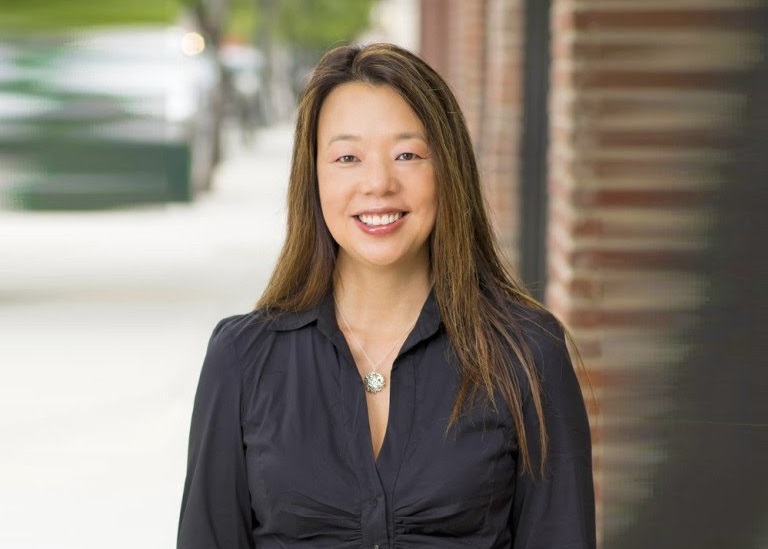Gladys Kong, UM’s CEO, wants workplaces to be more inclusive, believes women should be brave in applying for tech jobs and that the new normal of remote working has opened up more opportunities.
Having an open-minded culture and listening to your employees is crucial for achieving diversity within an organisation, according to Kong.
“The more you welcome comments and viewpoints from every angle, the more complete the perspective you have on any problem-solving or situation,” she states.
“People don’t generally think about that. I describe it to them in terms of basketball – I’m a big fan – in that when you build a team, you don’t want to have five players like LeBron James because no one will get to touch the ball.
You want somebody rebounding; you want somebody blocking shots or somebody stealing the ball. So, when building a team, the more diverse the skill set, the more well-covered you are.
Also, we work with businesses of all types and, with a diverse team, we are more likely to listen to our clients and make sure that what we propose is the right solution.”
Inspired by a love of problem-solving
Kong is CEO of location insights company UM. She is an expert in mobile technology and data-driven solutions. Since joining the company as chief technology officer in 2012, Kong has transformed the company from a social media app publisher to a leading mobile advertising business. In her five-year tenure as CEO, she has expanded UM’s remit to provide location data and insights to companies across various industries, including retail, real estate, hospitality, local government and academia.
Her interest in technology began at an early age. Born in Hong Kong, where she learned to speak English “with a British accent,” she moved to California to complete her education. Finding the language challenging, Kong leaned towards maths and science.
“I applied to the California Institute of Technology thinking I was going to be a chemical engineer because Chemistry was what I excelled in,” she reveals. “The first day I walked into a chemistry lab, I ran out, thinking it wasn’t for me. I figured out that what I really liked was solving problems, and that geared me towards computer science, which I love.”
Kong took a degree in Engineering and Applied Science and went on to study for an M.S in Computer Science at the University of California before embarking on an impressive career in technology.
Tech still male and white
She believes that a major obstacle facing women in technology is that they are always in the minority, fostering impostor syndrome. Women often shy away from applying for jobs if they don’t tick all the boxes for qualifications and requirements, whereas men will brag their way through.
“A woman will feel more comfortable if there is a learning culture and a path for advancement, which is why I have always been passionate about hiring diverse employees with differentiating skill sets,” Kong argues.
“We encourage employees to continue learning on the job because, when you’re working in a tech company, you have to learn new skills. Languages change; there’s always new software or new components.”
But, overall, the Tech industry remains stubbornly white and male. One of the biggest barriers to achieving diversity is a lack of women or people of colour in the talent pipeline. She feels that companies need to work with recruitment firms and incentivise them to attract more candidates from diverse backgrounds.
Interestingly, seeing that UM’s internship positions were not attracting diverse candidates, Kong spoke to her employees. “A Black employee said, ‘I never thought someone like me would work in a tech company,’ so I asked him what we could do. His answer was to target them younger.”
An important step is to make diverse candidates feel welcome, and that includes having a diverse representation on the interview panel. Female candidates should be able to see women being successful in the company. Flexible working opportunities are also important. Leaders need to ensure the working environment is inclusive and take time to listen to employees and encourage them to give their views.
Diversity has to start somewhere
“I believe strongly that diversity brings diversity; you have to start somewhere,” says Kong. “We have to be patient and understand that even a little progress is great progress.”
The COVID-19 pandemic and enforced home working has opened more employment opportunities and a wider talent pool for employers, especially for employees who may have been put off by a long commute. In other words, you don’t need to live near Silicon Valley to be able to work there.
Kong has noticed that this shift in thinking and flexibility of remote working has given women more confidence to apply for tech roles.
“By building confidence in young women and other underrepresented groups, we offer a path they might not otherwise have seen themselves travelling,” she adds.
In a recent talk to the Society of Women Engineers at the California Institute of Technology, Kong advised students to try different things when considering a career. They should also keep an open mind and not be afraid of taking chances.
As she points out: “The most rewarding moments come from the most challenging path most of the time. So, when you encounter challenges, find a way to overcome them, and you’ll become stronger at the end of it.”







